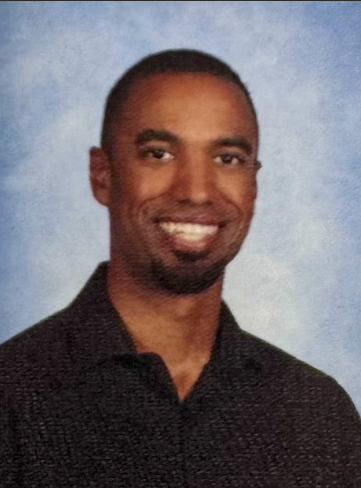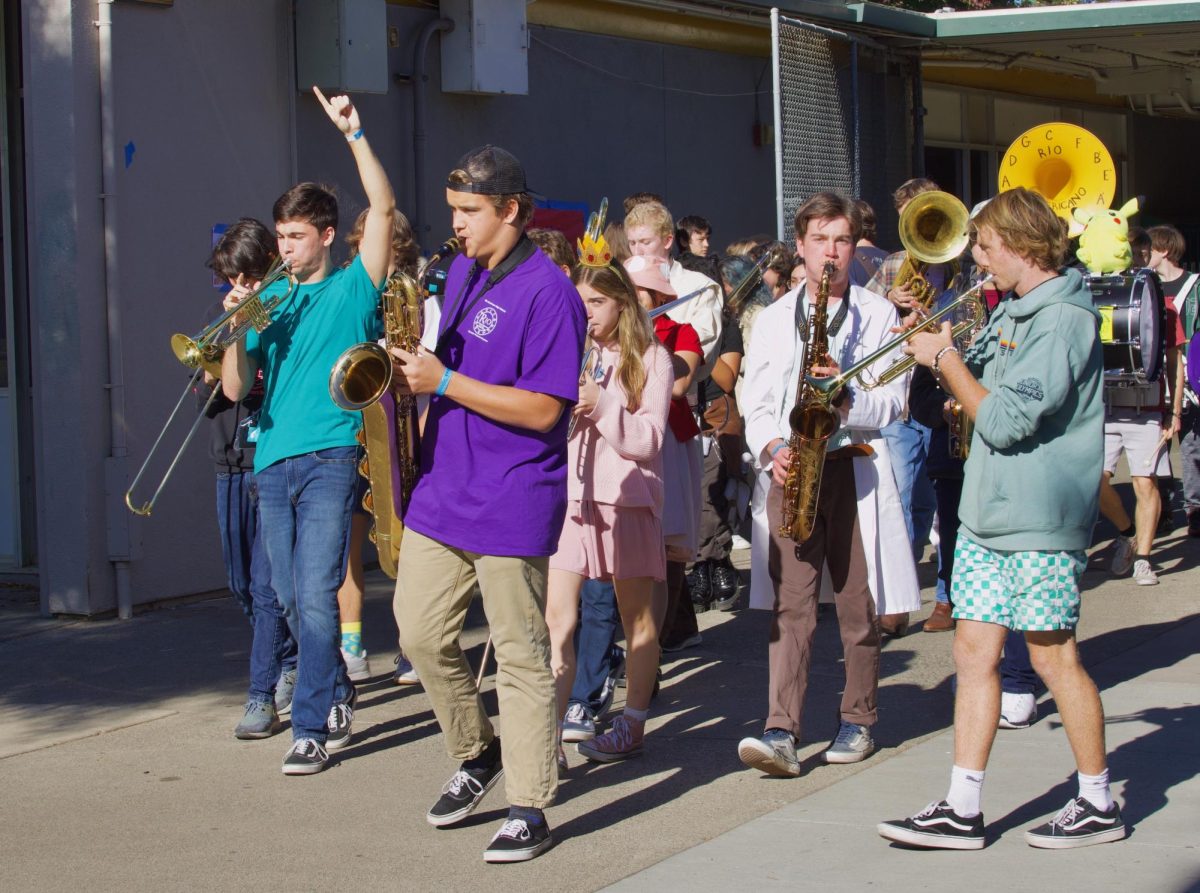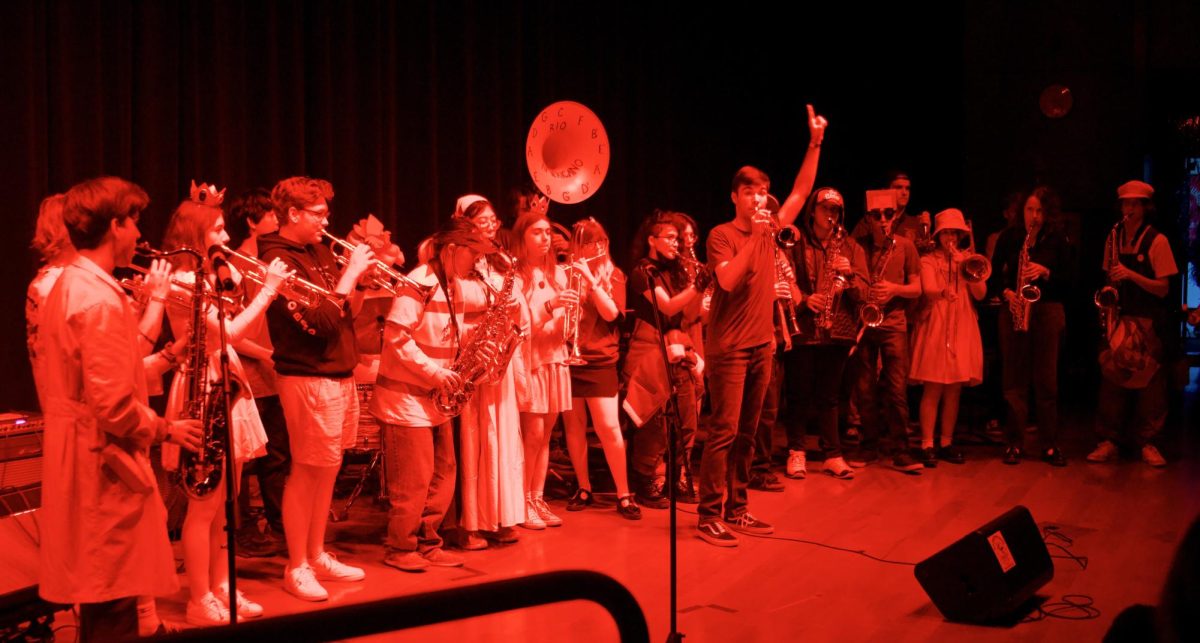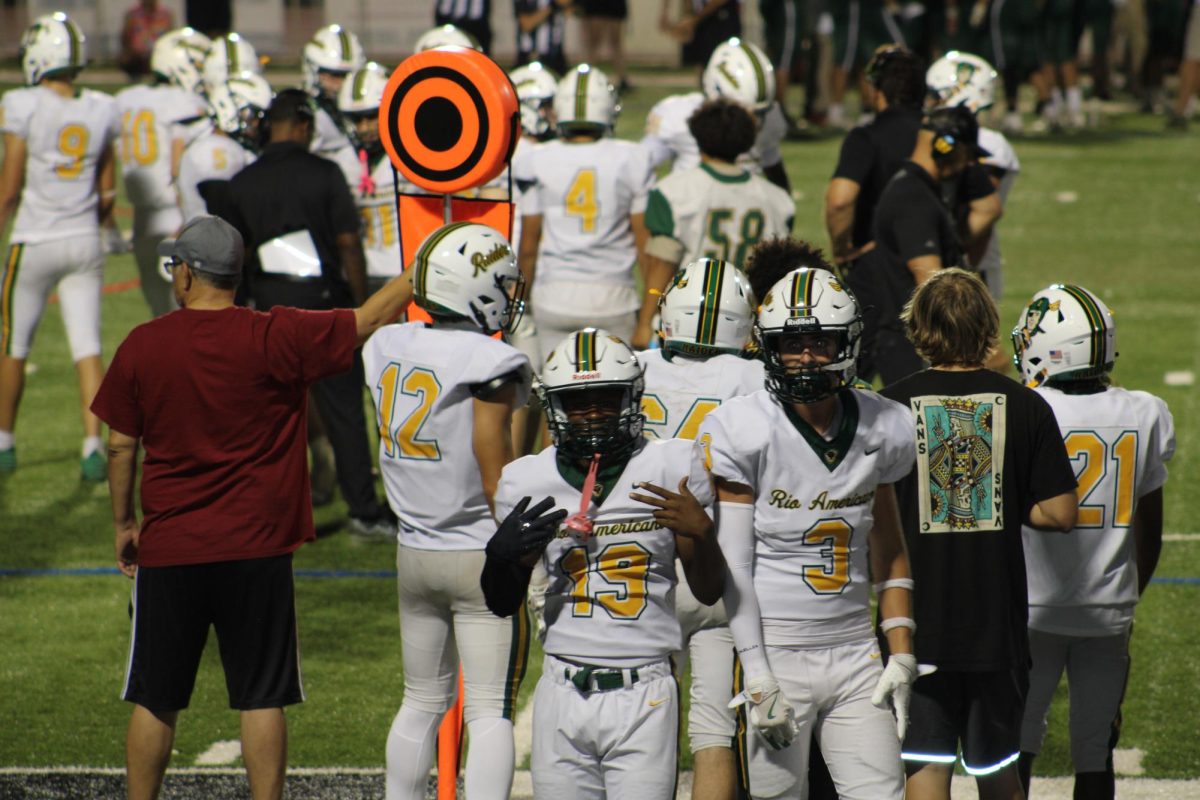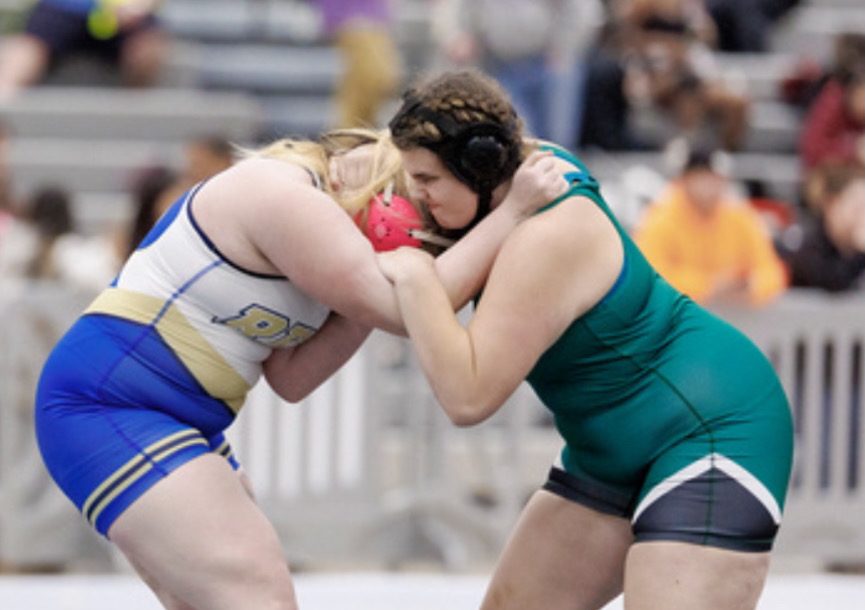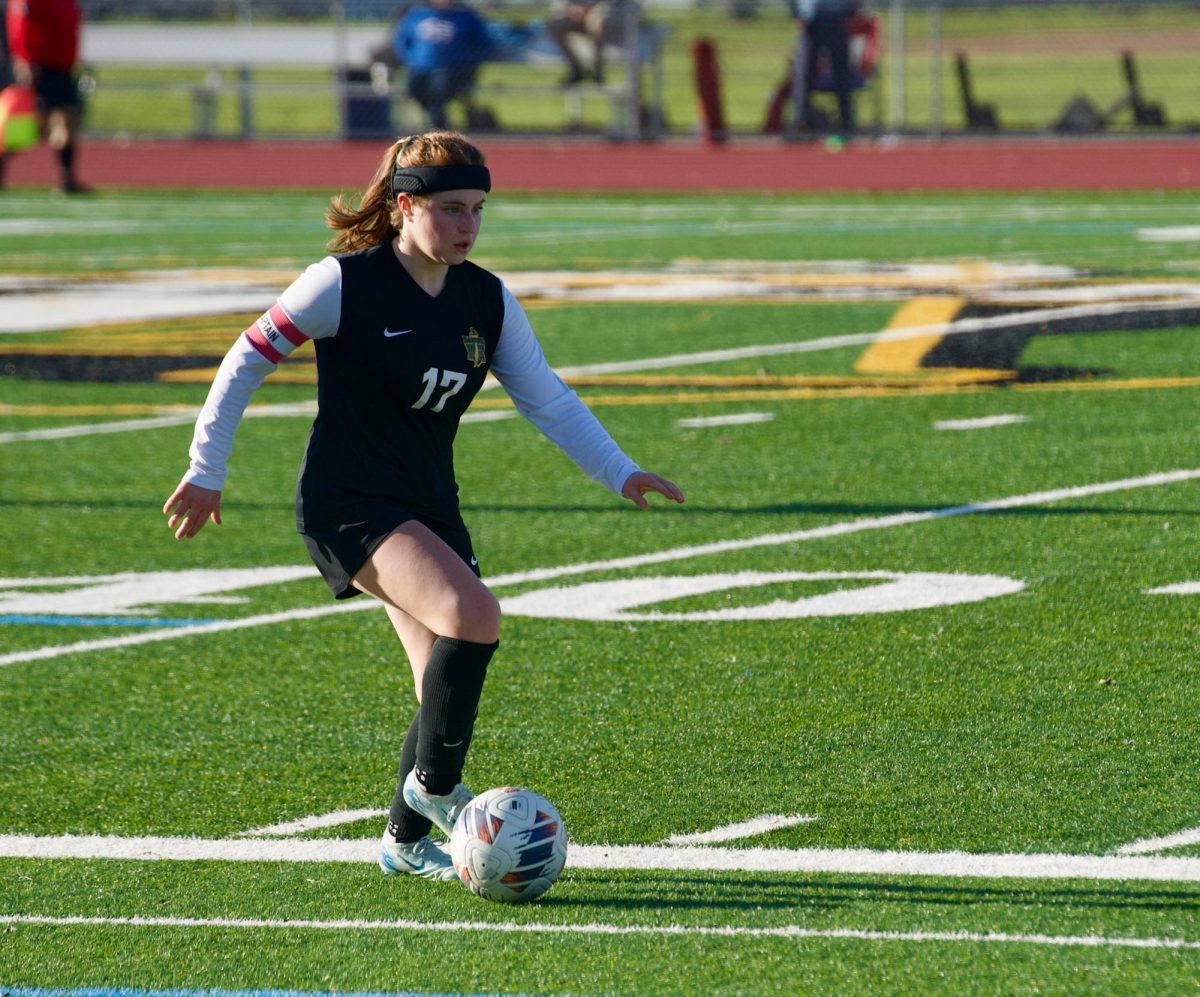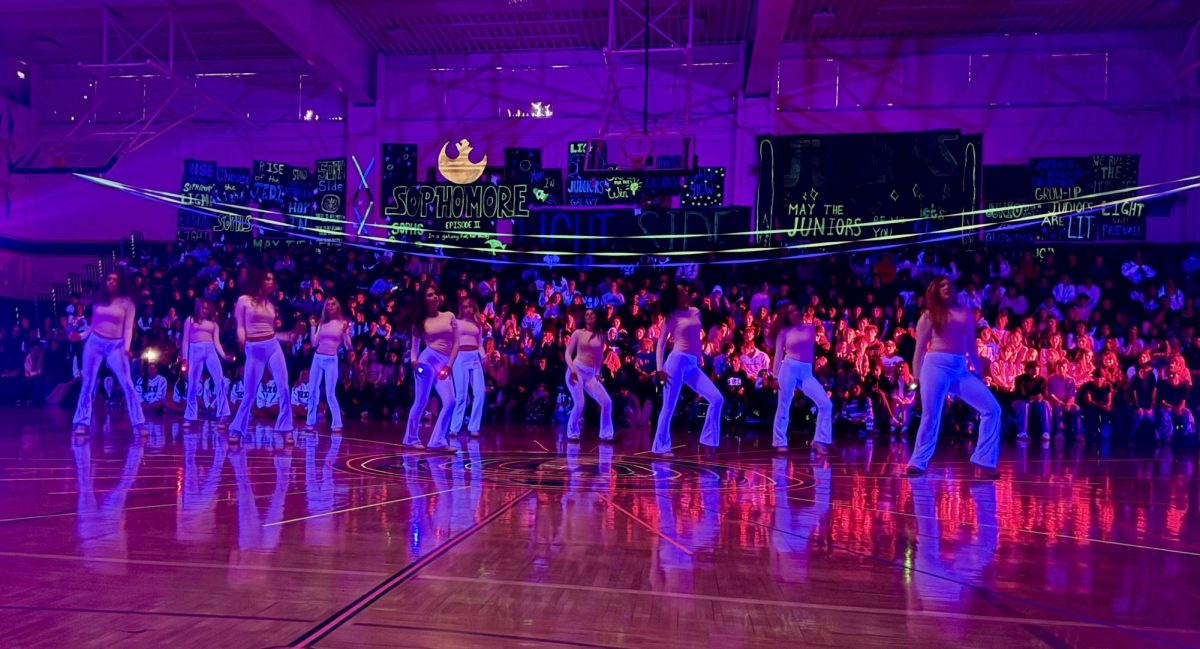The new U.S. News college rankings for 2026 were released this week, sparking news reports about which schools moved up or down and prompting students to align their college dreams with a number that is actually meaningless.
Partly moved by the rankings, students set their dreams on Harvard, Stanford and similar colleges, yet acceptance rates into the top schools are becoming slimmer, some even falling below five percent.
Inevitable rejection makes talented and hardworking students feel that all the work they have done in high school–and before– was for nothing. So, why do they apply in the first place?
The college rankings have created the illusion that Ivy League and similar institutions are the only path to success; this not only harms the student but also puts down other lesser-known colleges that may offer different and equally good opportunities for success.
In a 2024 article, “U.S. News College Rankings are out. Why critics say they shouldn’t be trusted,” Sheridan Hendrix writes, “Critics say the rankings […] are biased toward selective private universities, are too easily manipulated by the schools themselves and fail to capture the breadth of a school’s offerings.”
One problem is that despite recent changes to the ranking criteria, U.S. News judges a school by its reputation and the amount of money spent on each student during their attendance.
Frank Bruni points out in his 2015 book, “Where You Go Is Not Who You’ll Be,” that “dollars don’t equal learning. Nor do [dollars] equal teaching, and yet the U.S. News scoring formula rewards schools that pay higher faculty salaries.”
One solution to the ranking problem would be for news sites to focus more on learning opportunities and student success after graduation rather than average SAT scores of incoming students and intagibles like reputation. This would effectively showcase the potential of a school and open up more opportunities for universities that lack name recognition.
Another change that may help this situation is if parents focus more on researching colleges that align with their child’s goals and likelihood of acceptance, rather than just popularity. This would offer a student more diverse opportunities than they would experience at an elite school.
Community colleges are often not included in college rankings, but they are the best choice for many students, not as extreme-safety schools, but as a starting point. An actually useful ranking of California community colleges by California Futures Foundation revealed that the best two-year colleges in the state, students could recoup their education costs in less than six months; other students may transfer to elite schools.
The well-being of students in their choice of education are harmed by the media’s influence on rankings. Parents and students alike have been misled by the media into believing that only Ivy League institutions are worth attending for a student and should be recognized. After all, what matters is what a student takes away from college, not who got in.
It’s always important to ask yourself what Bruni asks in his book. “Does a prestigious college make you successful in life? Or do you do that for yourself?”

